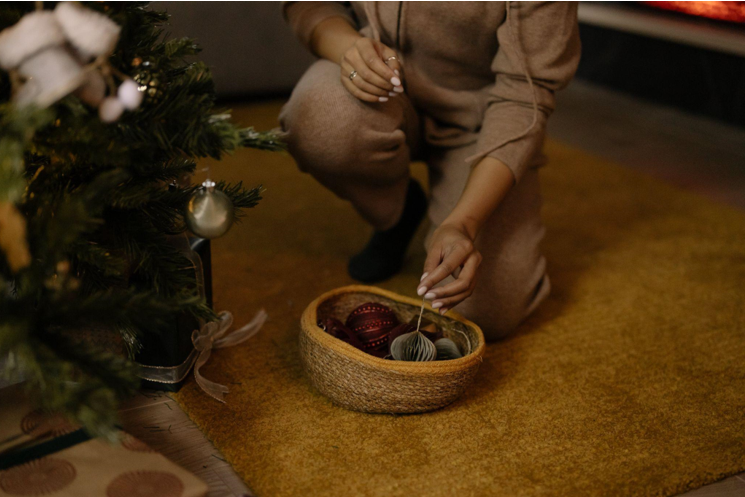The History of Christmas Tree Skirts
Christmas tree skirts have been a part of holiday traditions for over 150 years. The first tree skirt was created in the mid-1800s in Germany, and it was made of white cotton and embroidered with intricate designs. As Christmas trees became more popular, so did the use of tree skirts. Over time, the designs of tree skirts have become more elaborate, incorporating various materials such as fur, sequins, and lace. Today, tree skirts are used to cover the base of the tree and add a decorative element to the overall Christmas display.
The Religious Symbolism of Tree Skirts
While tree skirts may seem like a purely decorative aspect of Christmas, they hold a deeper meaning in relation to the holiday’s religious aspects. The 8 ft Christmas tree itself has been said to represent the tree of knowledge in the Garden of Eden, while the tree skirt represents the cloths that Jesus was laid upon after his birth, also known as swaddling clothes. In the Christian faith, the birth of Jesus is celebrated as the moment when God, in the form of the Holy Ghost, entered Mary’s womb and took on human form. The tree skirt, then, represents the physical form that Jesus took upon his arrival on Earth, and the church’s traditional teachings hold that his birth was an act of redemption for all of humanity.
As a result of this religious symbolism, tree skirts have traditionally been made in white and gold. White and gold represent purity and light, respectively, and are significant in Christian worship. The use of these colors in tree skirts emphasizes Christmas’s spiritual aspect beyond its commercialization.
In conclusion, tree skirts are more than just decorative pieces that cover the base of the Christmas tree. They have a deep religious significance that emphasizes the spiritual traditions of the holiday. Through their symbols and colors, tree skirts remind us of the religious reason for the season. The next time you see a tree skirt adorning a Christmas tree, take a moment to appreciate its religious significance and the rich history it holds.
